Cucumbers are among the most refreshing summer vegetables, loved for their crisp texture, cooling flavor, and versatility in salads, pickles, and beverages. Growing cucumbers in your own garden is rewarding because they grow quickly, produce abundantly, and don’t require a lot of complicated care once established. However, to get truly crisp and flavorful cucumbers, it’s important to know the right planting techniques, soil conditions, and care routines.
This guide provides a step-by-step explanation of how to plant cucumbers for a productive harvest, along with practical tips to ensure you enjoy the best quality summer vegetables straight from your garden.
Why Grow Cucumbers at Home?
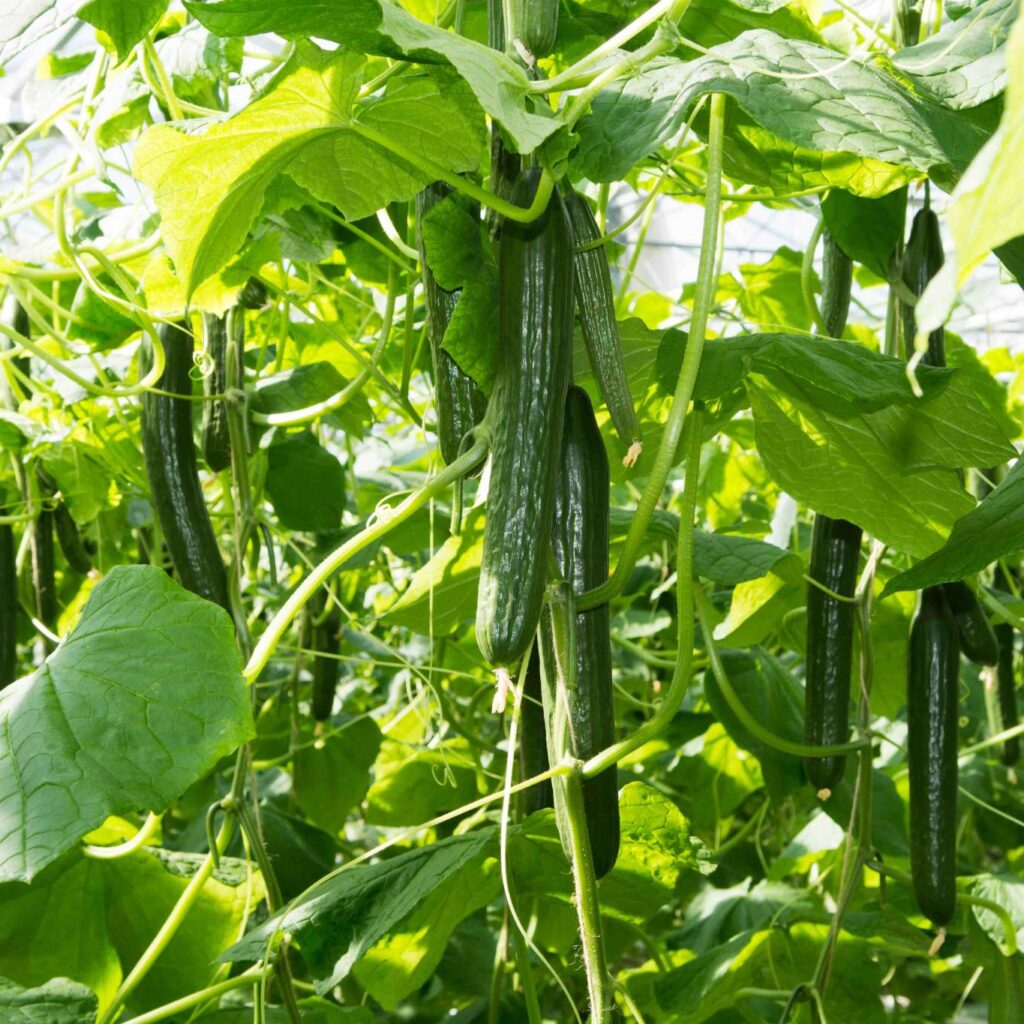
Cucumbers are one of the easiest vegetables to grow in a home garden. They thrive in warm weather, have fast growth, and yield a large number of fruits in a short time. Here are some compelling reasons to grow cucumbers yourself:
- Superior Flavor and Crispness – Homegrown cucumbers taste fresher, sweeter, and crisper than store-bought ones.
- Cost-Effective – A single cucumber plant can produce dozens of fruits, saving money compared to buying from markets.
- Variety – Growing at home gives you access to unique cucumber varieties that aren’t commonly available in stores.
- Nutritional Benefits – Cucumbers are rich in water, vitamin K, and antioxidants, making them an excellent hydration-friendly summer vegetable.
- Satisfying Gardening Experience – Watching your vines spread and fruits develop provides a rewarding connection to your food source.
Choosing the Right Cucumber Variety
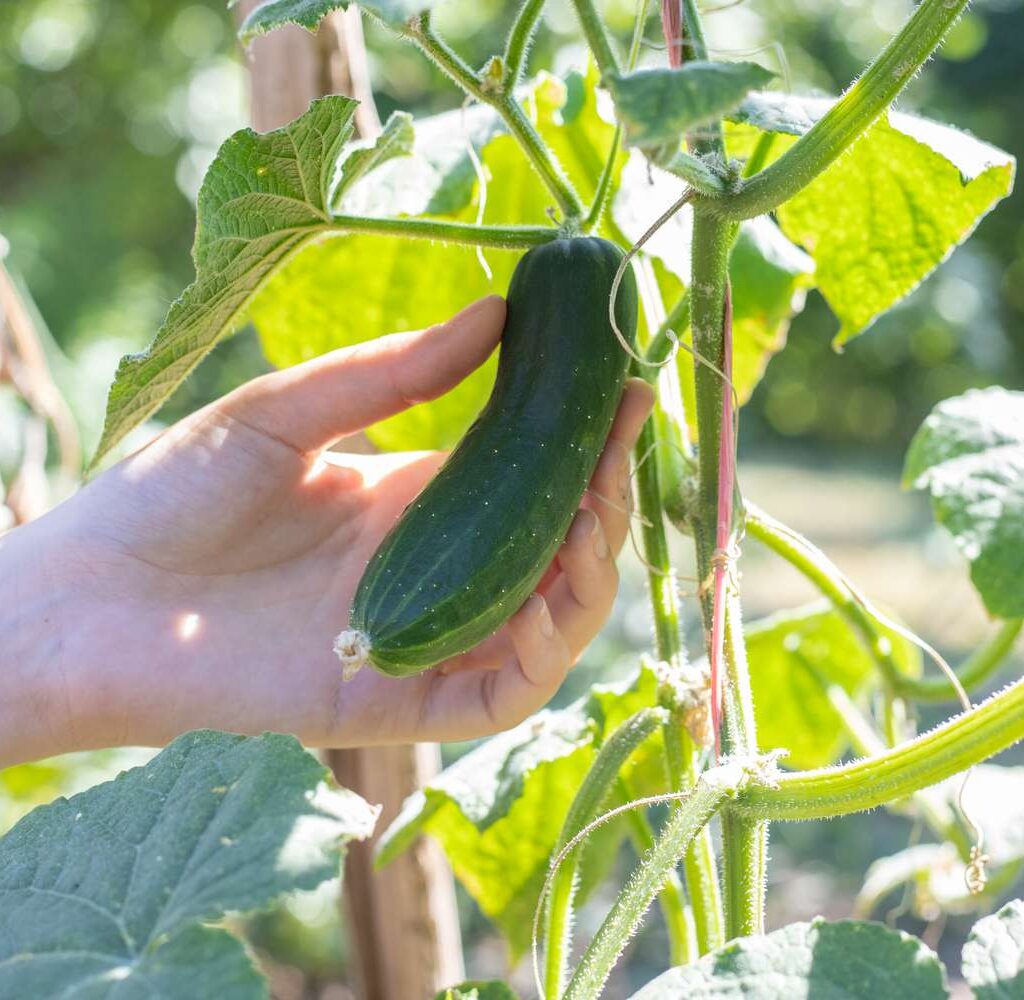
Cucumbers come in several types, and choosing the right one depends on your growing space and intended use:
- Slicing Cucumbers – These are the classic long cucumbers ideal for fresh eating and salads. Examples include ‘Marketmore 76’ and ‘Straight Eight.’
- Pickling Cucumbers – Shorter and bumpier, they are perfect for making crunchy pickles. Popular types include ‘Boston Pickling’ and ‘National Pickling.’
- Burpless Cucumbers – These varieties are bred to have thinner skins and fewer seeds, reducing bitterness. Examples are ‘Sweet Success’ and ‘Tasty Green.’
- Bush Varieties – Compact plants like ‘Bush Champion’ grow well in containers or small spaces.
- Vining Varieties – These need trellises but produce more cucumbers over a longer period.
Tip: If you have limited garden space or are new to gardening, bush cucumbers are beginner-friendly, while vining cucumbers provide higher yields with vertical support.
Step 1: Preparing the Soil
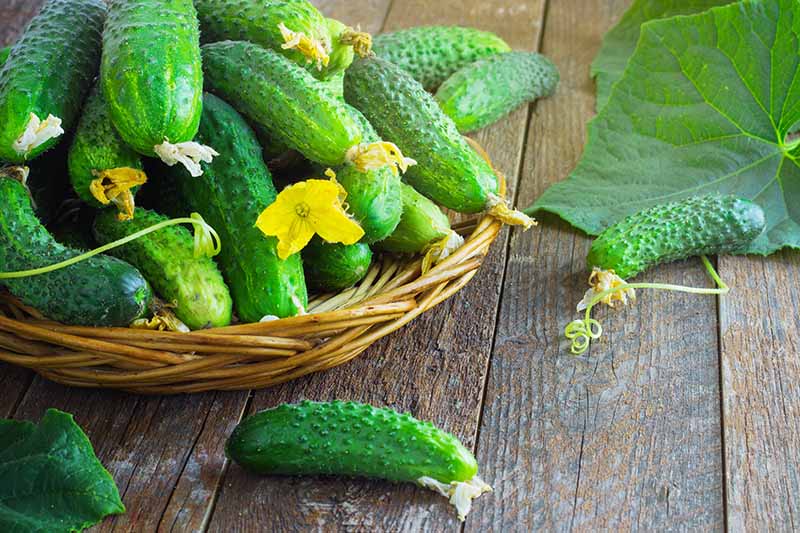
Cucumbers thrive in loose, well-drained, nutrient-rich soil. Preparing your soil well before planting ensures a successful harvest.
- Soil Type – Choose sandy loam or loamy soil that drains well but retains enough moisture for growth.
- Soil pH – Cucumbers prefer slightly acidic to neutral soil, with a pH between 6.0 and 7.0.
- Organic Matter – Mix compost or well-rotted manure into the soil to enrich it with nutrients and improve aeration.
- Raised Beds or Trellises – If your soil is clay-heavy or prone to waterlogging, consider raised beds to prevent root rot.
Pro Tip: Add a balanced fertilizer or organic amendments (like bone meal and compost) before planting to boost early growth.
Step 2: Planting Cucumbers
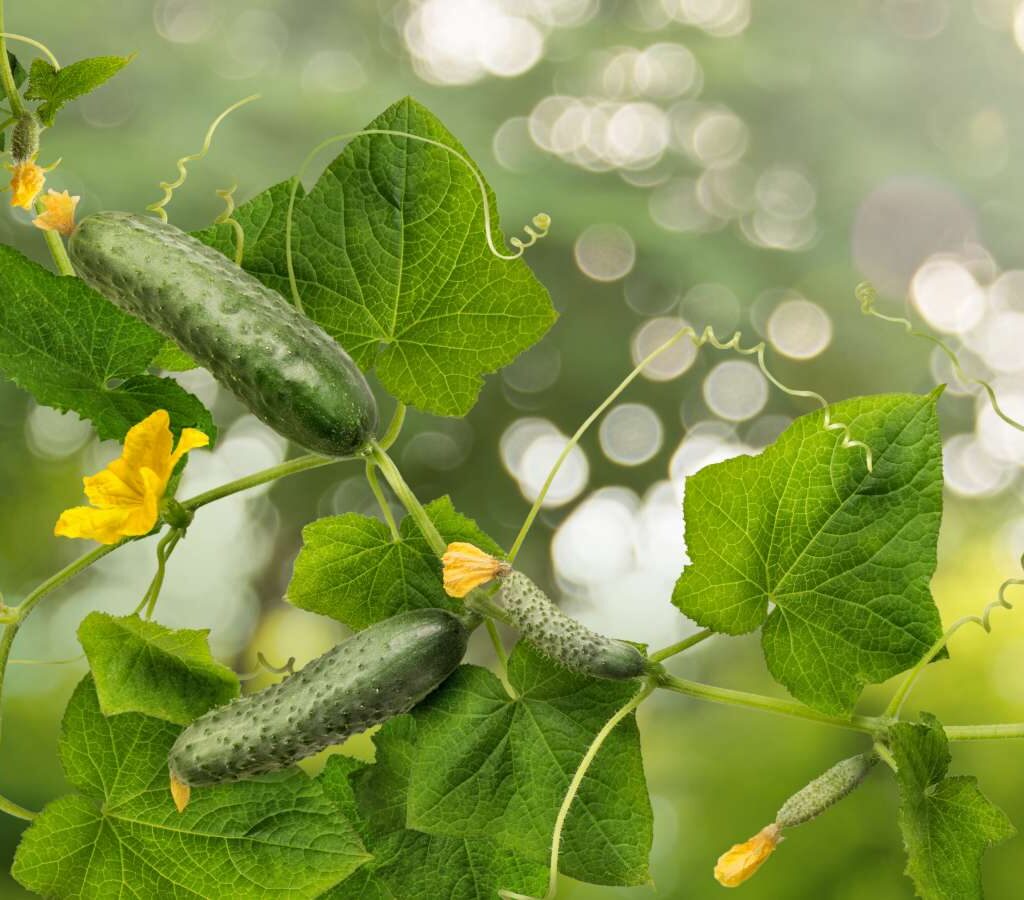
1. When to Plant
- Cucumbers are warm-season vegetables and should be planted after the danger of frost has passed.
- Soil temperature should be at least 60°F (16°C) for seeds to germinate successfully.
- In most regions, late spring to early summer is ideal.
2. How to Plant from Seeds
- Direct sow cucumber seeds into the ground, as they do not transplant well due to sensitive roots.
- Plant 1 inch deep and about 12 inches apart if growing bush varieties. For vining types, space 36–48 inches apart with trellises.
- Sow 2–3 seeds per hole, and thin to the strongest seedling after germination.
3. Starting Indoors (Optional)
- If you want an early start, plant seeds indoors in biodegradable pots 2–3 weeks before the last frost.
- Transplant carefully, keeping the root system intact.
Step 3: Watering and Mulching
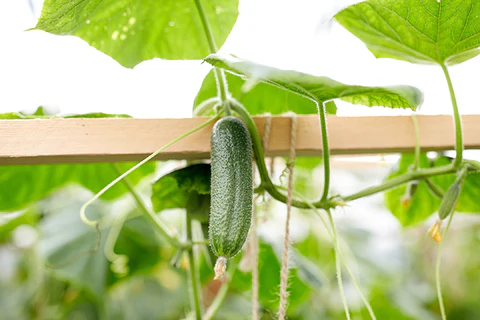
Cucumbers are composed of more than 90% water, so consistent watering is crucial for crisp fruits.
- Watering Needs – Provide 1 inch of water per week, ensuring deep, even watering at the base.
- Avoid Overhead Watering – Wet leaves encourage fungal diseases like powdery mildew. Use drip irrigation or a soaker hose.
- Mulching – Apply straw, shredded leaves, or grass clippings around plants to retain soil moisture and keep weeds down.
Tip: Water cucumbers early in the morning to allow leaves to dry during the day, reducing disease risk.
Step 4: Providing Support
- For Vining Varieties – Train cucumber vines to climb trellises, cages, or netting. This saves space, improves air circulation, and produces straighter fruits.
- For Bush Varieties – These don’t require support, but a small cage can help keep fruits off the ground.
Vertical growing also makes harvesting easier and keeps fruits cleaner.
Step 5: Fertilizing for Healthy Growth
Cucumbers are heavy feeders, and regular fertilization boosts fruit quality.
- At Planting – Use a balanced fertilizer (e.g., 10-10-10 NPK) when sowing seeds.
- During Growth – Apply a side dressing of compost tea or diluted liquid fertilizer once plants start vining.
- During Flowering and Fruiting – Switch to a phosphorus and potassium-rich fertilizer to encourage fruit development.
Avoid Excess Nitrogen: Too much nitrogen encourages leafy growth at the expense of fruiting.
Step 6: Pollination and Flowering
Cucumber plants produce both male and female flowers. Pollination is essential for fruit development.
- Pollinators – Bees and other insects naturally pollinate cucumbers.
- Encourage Pollinators – Plant nearby flowers like marigolds, zinnias, or sunflowers to attract bees.
- Hand Pollination (if needed) – If pollination is poor, use a small brush to transfer pollen from male to female flowers.
Step 7: Pest and Disease Management
Common Pests
- Cucumber Beetles – Cause leaf damage and transmit bacterial wilt.
- Aphids – Suck sap and weaken plants.
- Spider Mites – Cause stippling and yellowing of leaves.
Diseases
- Powdery Mildew – White, powdery growth on leaves.
- Downy Mildew – Yellow and brown patches on leaves.
- Bacterial Wilt – Causes sudden wilting of plants.
Organic Solutions:
- Use neem oil, insecticidal soap, or row covers for pest protection.
- Practice crop rotation to reduce soil-borne diseases.
- Maintain good spacing for air circulation.
Harvesting Cucumbers the Right Way
Knowing when and how to harvest cucumbers is the key to crisp, delicious vegetables.
- Timing – Harvest cucumbers when they are firm, evenly colored, and reach the recommended size for the variety.
- Slicing cucumbers: 6–8 inches long
- Pickling cucumbers: 2–4 inches long
- Frequency – Pick regularly (every 2–3 days) to encourage continuous production.
- Method – Use garden shears or scissors to cut cucumbers from the vine instead of pulling, which may damage the plant.
Tip: Don’t let cucumbers over-mature on the vine. Overripe cucumbers turn yellow, become seedy, and reduce overall plant productivity.
Storing and Using Fresh Cucumbers
- Storage – Keep harvested cucumbers in the refrigerator at 50–55°F for up to 10 days. Avoid storing them near ethylene-producing fruits like tomatoes, which cause cucumbers to spoil faster.
- Uses – Enjoy cucumbers raw in salads, sandwiches, and smoothies, or preserve them by pickling.
Conclusion
Planting cucumbers for crisp summer vegetables is a simple yet highly rewarding gardening project. By selecting the right variety, preparing nutrient-rich soil, watering consistently, and supporting healthy growth with trellises and fertilizers, you can enjoy an abundant harvest of fresh cucumbers throughout the season. With proper care, these refreshing vegetables will not only add crunch to your meals but also elevate your gardening experience.
Homegrown cucumbers are fresher, tastier, and more nutritious than store-bought ones, making every effort worthwhile. Start with a few plants this season, and you’ll quickly discover why cucumbers are a favorite among home gardeners worldwide.
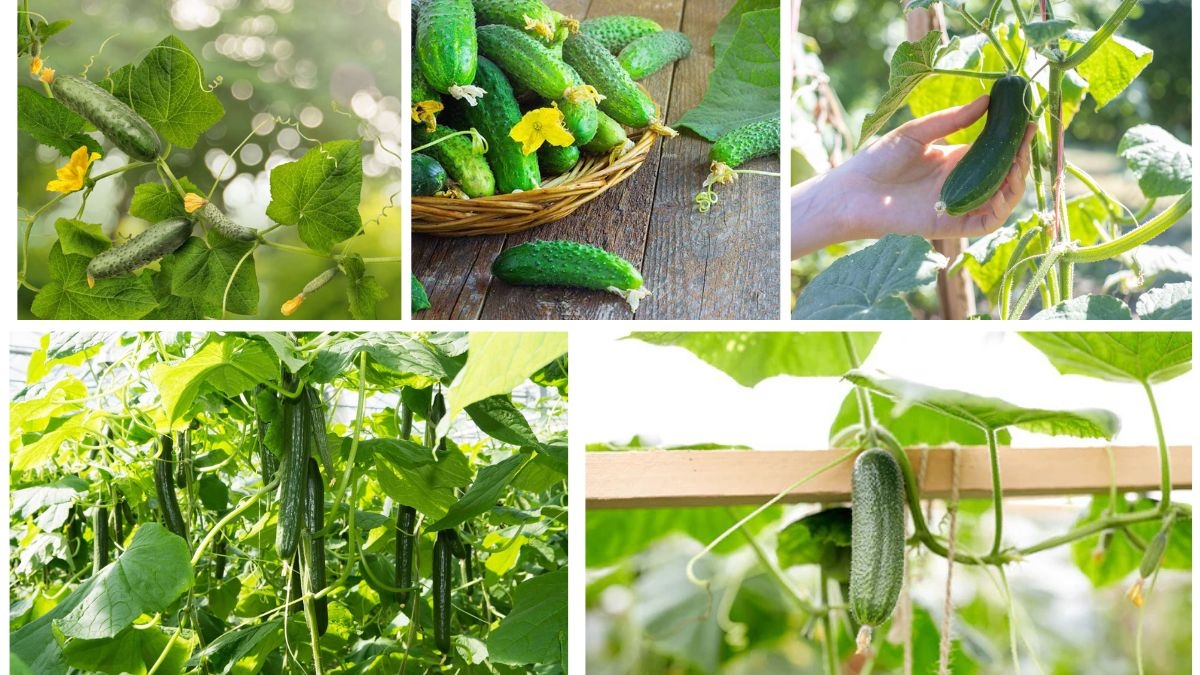




Leave A Comment